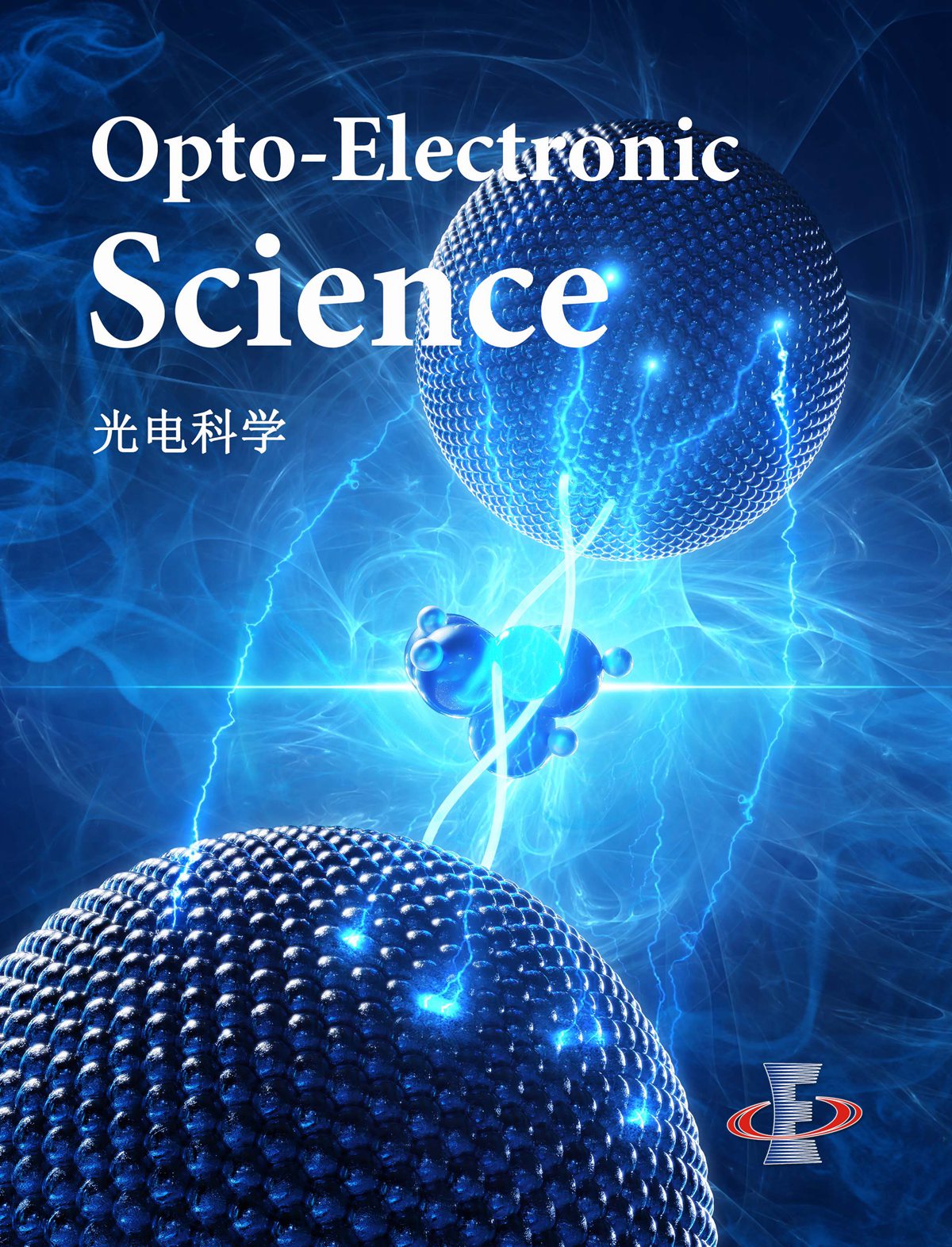 View fulltext
View fulltext
Optical antennas play an important role in optical field manipulation. Among them, nanoscale bowtie antennas have been extensively studied for its high confinement and enhancement. In this mini-review, we start with a brief introduction of bowtie antennas and underlying physics. Then we review the applications with respect to optically and electrically excited nanoscale bowtie antennas. Optically driven bowtie antennas enable a set of optical applications such as near-field imaging/trapping, nonlinear response, nanolithography, photon generation and detection. Finally, we put emphasis on the principle and applications of electrically driven bowtie antennas, an emerging method of generating ultrafast and broadband tunable nanosources. In a word, nanoscale bowtie antennas still have great potential research value to explore.Optical antennas play an important role in optical field manipulation. Among them, nanoscale bowtie antennas have been extensively studied for its high confinement and enhancement. In this mini-review, we start with a brief introduction of bowtie antennas and underlying physics. Then we review the applications with respect to optically and electrically excited nanoscale bowtie antennas. Optically driven bowtie antennas enable a set of optical applications such as near-field imaging/trapping, nonlinear response, nanolithography, photon generation and detection. Finally, we put emphasis on the principle and applications of electrically driven bowtie antennas, an emerging method of generating ultrafast and broadband tunable nanosources. In a word, nanoscale bowtie antennas still have great potential research value to explore.
Despite that organic-inorganic lead halide perovskites have attracted enormous scientific attention for energy conversion applications over the recent years, the influence of temperature and the type of the employed hole transport layer (HTL) on the charge carrier dynamics and recombination processes in perovskite photovoltaic devices is still largely unexplored. In particular, significant knowledge is missing on how these crucial parameters for radiative and non-radiative recombinations, as well as for efficient charge extraction vary among different perovskite crystalline phases that are induced by temperature variation. Herein, we perform micro photoluminescence (μPL) and ultrafast time resolved transient absorption spectroscopy (TAS) in Glass/Perovskite and two different Glass/ITO/HTL/Perovskite configurations at temperatures below room temperature, in order to probe the charge carrier dynamics of different perovskite crystalline phases, while considering also the effect of the employed HTL polymer. Namely, CH3NH3PbI3 films were deposited on Glass, PEDOT:PSS and PTAA polymers, and the developed Glass/CH3NH3PbI3 and Glass/ITO/HTL/CH3NH3PbI3 architectures were studied from 85 K up to 215 K in order to explore the charge extraction dynamics of the CH3NH3PbI3 orthorhombic and tetragonal crystalline phases. It is observed an unusual blueshift of the bandgap with temperature and the dual emission at temperature below of 100 K and also, that the charge carrier dynamics, as expressed by hole injection times and free carrier recombination rates, are strongly depended on the actual pervoskite crystal phase, as well as, from the selected hole transport material.Despite that organic-inorganic lead halide perovskites have attracted enormous scientific attention for energy conversion applications over the recent years, the influence of temperature and the type of the employed hole transport layer (HTL) on the charge carrier dynamics and recombination processes in perovskite photovoltaic devices is still largely unexplored. In particular, significant knowledge is missing on how these crucial parameters for radiative and non-radiative recombinations, as well as for efficient charge extraction vary among different perovskite crystalline phases that are induced by temperature variation. Herein, we perform micro photoluminescence (μPL) and ultrafast time resolved transient absorption spectroscopy (TAS) in Glass/Perovskite and two different Glass/ITO/HTL/Perovskite configurations at temperatures below room temperature, in order to probe the charge carrier dynamics of different perovskite crystalline phases, while considering also the effect of the employed HTL polymer. Namely, CH3NH3PbI3 films were deposited on Glass, PEDOT:PSS and PTAA polymers, and the developed Glass/CH3NH3PbI3 and Glass/ITO/HTL/CH3NH3PbI3 architectures were studied from 85 K up to 215 K in order to explore the charge extraction dynamics of the CH3NH3PbI3 orthorhombic and tetragonal crystalline phases. It is observed an unusual blueshift of the bandgap with temperature and the dual emission at temperature below of 100 K and also, that the charge carrier dynamics, as expressed by hole injection times and free carrier recombination rates, are strongly depended on the actual pervoskite crystal phase, as well as, from the selected hole transport material.










